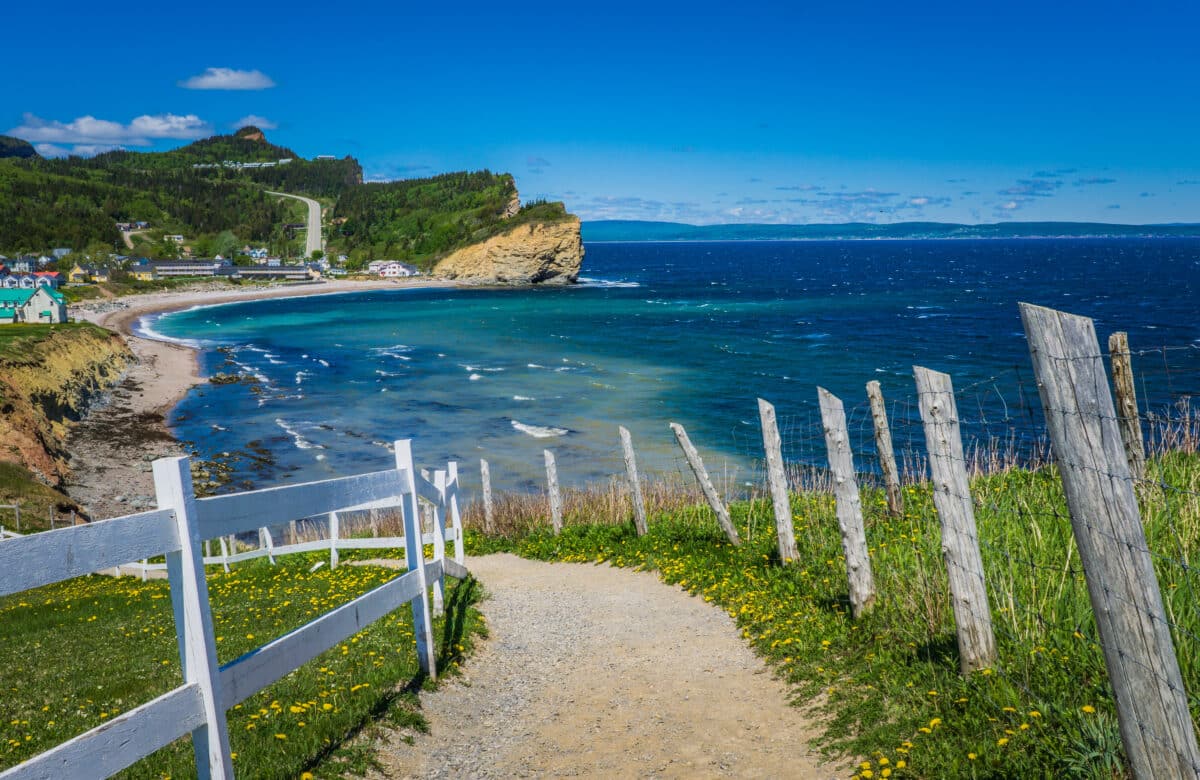The INRS Chair aims to address the challenges posed by climate change, particularly regarding the management of saltwater intrusion in coastal aquifers and the accelerated erosion of coastal cliffs. These phenomena threaten freshwater supplies and the integrity of infrastructure located near coastlines.
To mitigate these harmful consequences, it is crucial to develop reliable methods to locate, anticipate, and potentially control these processes. Geophysical methods play a key role in this regard but suffer from certain limitations. The chair has two main objectives: to improve the monitoring of coastal aquifers in order to better track saltwater intrusion in complex fractured rock environments, and to enhance the surveillance of eroding coastal cliffs using passive seismic methods and deep learning tools to identify precursor signals of collapses.
Chairholder
Bernard Giroux, who holds a Ph.D. from Polytechnique Montréal, is a professor of applied geophysics specializing in monitoring. He is particularly interested in the use of geophysics to address the challenges posed by climate change. He has contributed to the development of quantitative methods for interpreting geophysical measurements, notably for monitoring geological CO₂ storage and induced seismicity in mines. His work has resulted in computational codes distributed under open-source licenses that are used worldwide.

Context
Climate change is amplifying coastal flooding due to rising sea levels and increased shoreline erosion driven by extreme weather events. The latest report from the Intergovernmental Panel on Climate Change (IPCC) highlights that sea levels are not yet in equilibrium. This means we are currently in a transitional phase of rapid sea-level rise, which will persist as long as global warming continues. Chapter 4 of the latest IPCC report warns of the growing scarcity of freshwater resources in coastal regions, due to the worsening and intensification of saltwater intrusion. Rising sea levels and more frequent extreme weather events also significantly impact the rate of coastal cliff erosion, which can have serious consequences for nearby infrastructure. Therefore, robust and effective monitoring techniques are essential to manage this growing risk.
Objectives
The long-term goal of the chair is to improve our understanding of subsurface phenomena induced by climate change through new developments in geophysical monitoring.
In the short term, the work aims, on one hand, to enhance the performance of geophysical monitoring of saltwater intrusion in coastal aquifers by developing new measurement instruments and adapting our computational codes to fractured rock aquifers, such as those found in Charlevoix and the Côte-Nord region. On the other hand, the work seeks to increase the capabilities of passive seismic methods as a complement to geomorphological monitoring of coastal cliff erosion. This involves improving our ability to isolate relevant seismic signals from background noise using deep learning algorithms and determining the optimal way to monitor seismic activity hotspots over time and space.
Partners and Collaborators
The chair’s work is part of a research program funded by the Natural Sciences and Engineering Research Council of Canada (NSERC). To carry out its work, Professor Giroux’s team at INRS collaborates with Professors Erwan Gloaguen (INRS), Christian Dupuis (Université Laval), Francis Gauthier (UQAR), and Jean-Christophe Comte (University of Aberdeen), as well as Professors Julien Walter and Maxime Claprood (UQAC).

